Home>Garden Essentials>Garden Storage>Balcony Garden Ideas: 15 Ways To Create An Oasis
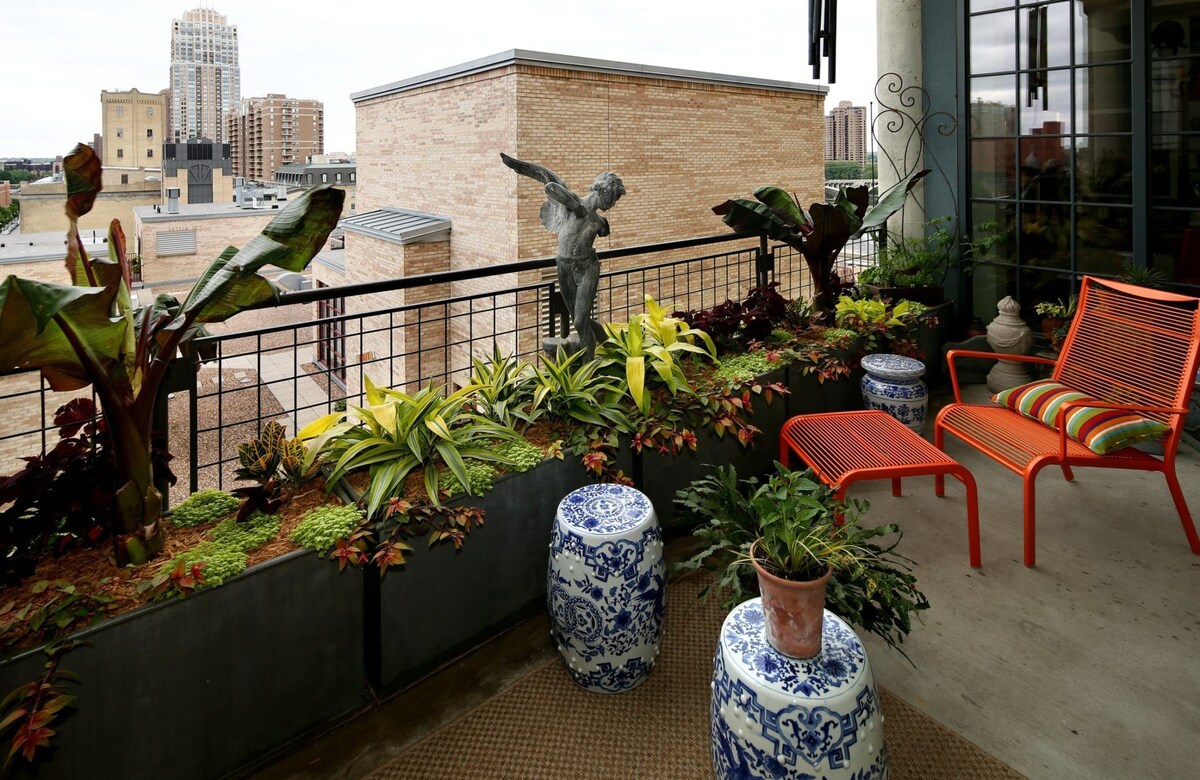

Garden Storage
Balcony Garden Ideas: 15 Ways To Create An Oasis
Modified: September 1, 2024
Looking for balcony garden ideas with storage? Transform your outdoor space into an oasis with these 15 creative storage solutions for a functional and beautiful balcony garden.
(Many of the links in this article redirect to a specific reviewed product. Your purchase of these products through affiliate links helps to generate commission for Storables.com, at no extra cost. Learn more)
Introduction
Creating a balcony garden is a wonderful way to bring the beauty of nature into your urban dwelling. Whether you live in a high-rise apartment or a cozy townhouse, a balcony garden can transform your outdoor space into a peaceful oasis. Not only does it provide a refreshing escape from the concrete jungle, but it also allows you to indulge in your love for plants and gardening.
A well-designed balcony garden can provide a serene retreat, a space to relax and unwind, and an opportunity to connect with nature in a bustling city. By incorporating various elements such as plants, flowers, herbs, seating, and decor, you can create a charming outdoor haven that reflects your personal style and preferences.
In this article, we will explore 15 inspiring ideas to help you make the most of your balcony space and create a captivating oasis. From choosing the right plants to utilizing vertical space and incorporating creative containers, these ideas will enable you to transform your balcony into a green paradise.
Key Takeaways:
- Transform your balcony into a lush oasis by choosing the right plants, utilizing vertical space, and incorporating colorful flowers. Add functional elements like trellis panels and seating areas to create a serene and inviting outdoor sanctuary.
- Elevate your balcony garden with creative containers, a small vegetable garden, and whimsical decor like fairy lights or lanterns. Implement care and maintenance tips to ensure a thriving and beautiful outdoor space year-round.
Choose the Right Plants
When it comes to creating a balcony garden, selecting the right plants is crucial. Consider the amount of sunlight your balcony receives throughout the day and choose plants that thrive in those conditions. If your balcony receives full sun, opt for sun-loving plants such as petunias, geraniums, marigolds, and succulents. For balconies in shaded areas, look for shade-tolerant plants like ferns, begonias, impatiens, and hostas.
Additionally, consider the size and space limitations of your balcony. If you have a small balcony, choose compact plants that won’t overcrowd the area. Look for dwarf varieties of flowers, herbs, and vegetables that can thrive in containers and hanging baskets.
It’s also important to choose plants with similar water and care requirements to make maintenance easier. Grouping together plants that have similar needs will help you streamline your watering routine and ensure that all your plants receive adequate care.
Furthermore, consider the aesthetic appeal of the plants you choose. Think about the colors, textures, and heights of different plants and how they will complement each other when arranged on your balcony. Combining different foliage colors and flower shapes can create a visually pleasing and vibrant balcony garden.
Lastly, consider the longevity of the plants you select. Perennial plants can survive year after year, while annual plants will need to be replaced annually. Depending on your preferences, you might choose a mix of both to create a balcony garden that changes throughout the seasons.
By carefully selecting the right plants for your balcony garden, you can ensure the success and beauty of your outdoor space. Remember to consider sunlight, space limitations, care requirements, aesthetic appeal, and longevity when choosing your plants.
Utilize Vertical Space
Maximizing the vertical space on your balcony is a smart way to make the most of a small outdoor area. By utilizing vertical space, you can add more greenery and create a beautiful and lush atmosphere.
One way to utilize vertical space is by installing wall-mounted planters or hanging containers. These allow you to grow plants vertically, saving precious floor space. You can attach them to the balcony railing or mount them directly on the wall. Fill them with trailing vines, cascading flowers, or even herbs for a beautiful and practical display.
Another option is to use a plant ladder or trellis. These structures provide support for climbing plants, adding height and dimension to your balcony garden. Plant climbers such as jasmine, morning glory, or sweet peas, and train them to grow up the trellis or ladder. Not only will they create a stunning visual display, but they will also provide additional privacy and shade.
Vertical gardens, also known as living walls or green walls, are becoming increasingly popular in balcony gardens. These structures consist of planters or pockets arranged vertically on a wall, creating a lush and vibrant display. You can choose to install a pre-made vertical garden system or even create your own using repurposed materials like pallets or shoe organizers.
Additionally, consider using hanging baskets or macrame plant hangers to suspend plants from the ceiling or overhead beams. This not only adds interest and depth to your balcony garden but also frees up valuable floor space.
By utilizing vertical space, you can transform your balcony garden into a green oasis while optimizing the available area. Incorporate wall-mounted planters, hanging containers, plant ladders, trellises, and vertical gardens to add layers and create a visually stunning and space-efficient balcony garden.
Create a Hanging Garden
One innovative way to add greenery to your balcony garden is by creating a hanging garden. Hanging plants not only maximize space but also add a whimsical and artistic touch to your outdoor area.
Start by choosing plants that are well-suited for hanging baskets. Look for trailing plants with long, cascading stems that will beautifully drape from the baskets. Some popular choices include trailing petunias, ivy, ferns, string of pearls, and spider plants.
Next, select the right hanging baskets or containers. Opt for containers with good drainage to prevent waterlogging. You can choose from a variety of materials like rattan, clay, or plastic. If possible, select containers with built-in water reservoirs, as they will help maintain moisture levels.
Hang the baskets or containers from the ceiling, balcony railing, or overhead beams using hooks or brackets. Make sure the hooks are secure and can support the weight of the plants. Consider creating different levels of hanging plants to add depth and interest to your balcony garden.
When planting, use a high-quality potting mix that provides good drainage and retains moisture. Line the bottom of the container with small stones or pebbles to further enhance drainage. Place your chosen plants in the hanging baskets, ensuring that they have enough space to grow and spread their foliage.
Water your hanging garden regularly, making sure not to overwater or let the soil become too dry. Hanging plants often dry out more quickly than plants in the ground, so regular watering is essential to keep them healthy and thriving.
To add even more visual interest to your hanging garden, consider mixing different types of plants in each basket. Combine plants with different leaf shapes, colors, and growth habits to create a captivating and diverse display.
A hanging garden adds a touch of elegance and charm to your balcony. It not only saves space but also creates a beautiful hanging oasis right outside your doorstep. Choose trailing plants, select suitable containers, hang them securely, and enjoy the lush beauty of a hanging garden in your balcony space.
Grow Herbs and Spices
One of the most practical and rewarding ways to enhance your balcony garden is by growing herbs and spices. Not only do they add a fresh and aromatic touch to your outdoor space, but they also provide you with a convenient source of culinary ingredients.
Start by selecting the herbs and spices you use most frequently in your cooking. Popular choices include basil, parsley, mint, rosemary, thyme, and cilantro. Consider the amount of sunlight your balcony receives and choose herbs that thrive in those conditions.
Herbs are generally easy to grow and maintain, making them perfect for beginners. You can grow them in small pots or even in a vertical herb garden. Ensure that the containers have good drainage to prevent waterlogging, as herbs prefer well-drained soil.
Place your herb pots in a sunny spot on your balcony, as most herbs require at least six hours of direct sunlight per day. Water them regularly, keeping the soil consistently moist but not waterlogged. Harvest the leaves as needed, which will encourage new growth.
Aside from their culinary uses, herbs also have medicinal and aromatic properties. The scent of herbs can create a soothing and calming atmosphere on your balcony, allowing you to relax and unwind. Consider planting lavender, chamomile, or lemon balm for their calming properties.
Moreover, growing herbs and spices on your balcony allows you to add fresh flavors to your meals right from your doorstep. Whether it’s adding freshly-picked basil to your pasta or garnishing your dishes with a sprinkle of fresh herbs, the taste and aroma will be incomparable.
Additionally, growing herbs on your balcony can save you money in the long run. Instead of buying expensive packaged herbs from the grocery store, you can simply step outside and harvest the herbs you need. It’s a sustainable and cost-effective way to incorporate fresh ingredients into your cooking.
By growing herbs and spices in your balcony garden, you can elevate your culinary experience and enjoy the benefits of fresh, flavorful ingredients. Whether you’re a seasoned cook or a beginner in the kitchen, growing herbs and spices will add a delightful touch to your balcony garden.
Read more: 14 Ideas For Creating An Outdoor Oasis
Incorporate Colorful Flowers
No balcony garden is complete without the vibrant and enchanting beauty of colorful flowers. Incorporating flowers into your balcony garden will bring life, joy, and a burst of color to your outdoor space.
Start by choosing flowers that are well-suited for container gardening and can thrive in the light conditions of your balcony. There are countless options to choose from, including petunias, geraniums, pansies, impatiens, marigolds, and begonias. Consider the height, spread, and growth habits of the flowers to ensure they fit well within the space.
When selecting flowers, opt for a variety of colors to create a beautiful and visually appealing display. Choose a color palette that complements your balcony’s surroundings and your personal aesthetic. For a cohesive and harmonious look, you can opt for a monochromatic color scheme or select complementary and contrasting colors.
Group flowers of similar colors together to create focal points and visual impact. You can also mix different flower varieties to create a stunning and diverse array of colors and textures. Play with different heights and growth habits to add dimension and visual interest to your balcony garden.
Consider using a combination of hanging baskets, vertical planters, and container pots to display your flowers. Hang baskets from the ceiling or balcony railing, place vertical planters against a wall, and position pots strategically to maximize the impact of your floral display.
Regularly water and fertilize your flowers to ensure healthy growth and vibrant blooms. Deadhead spent flowers to encourage continuous flowering and remove any dead or yellowing leaves to maintain the overall attractiveness of your balcony garden.
Not only do colorful flowers bring aesthetic pleasure, but they also attract pollinators such as bees and butterflies, enhancing the biodiversity of your balcony garden. The presence of these beneficial insects can contribute to the overall health and vitality of your plants.
The sight and scent of colorful flowers in your balcony garden will uplift your spirits and create a serene and inviting atmosphere. Whether you choose a simple display of a single type of flower or a vibrant mix of various blooms, incorporating colorful flowers will undoubtedly add charm and beauty to your outdoor space.
Install a Trellis or Lattice
Adding a trellis or lattice to your balcony garden not only serves as a functional element but also adds a touch of elegance and charm. A trellis or lattice provides support for climbing plants, creates privacy, and adds a vertical element to your outdoor space.
Before installing a trellis or lattice, ensure that the structure is suitable for your balcony. Consider the size, weight, and material of the trellis or lattice, ensuring it is securely attached to the wall or railing. Opt for lightweight and weather-resistant materials like wood, metal, or plastic.
Once installed, a trellis or lattice provides a framework for climbing plants to grow and flourish. Choose climbing plants that suit the amount of sunlight your balcony receives, such as morning glory, clematis, jasmine, or climbing roses. Train the plants to grow up the trellis or lattice by gently tying their vines to the structure.
A trellis or lattice can also create privacy on your balcony, shielding you from prying eyes and creating a cozy and intimate atmosphere. As the climbing plants grow and fill in the open spaces, they will create a natural green screen around your balcony.
In addition to its functional benefits, a trellis or lattice adds a decorative element to your balcony garden. The intertwining vines and flowers create a visually pleasing backdrop and bring a touch of nature to your outdoor space.
If you prefer a more DIY approach, you can create a trellis or lattice structure using wire mesh, twine, or even repurposed materials like bamboo or old window frames. Let your creativity shine as you design and build a unique and customized trellis for your balcony garden.
Regularly maintain and prune the climbing plants to ensure they grow in a controlled and aesthetically pleasing manner. Remove any dead or overgrown branches, and train the vines to follow the desired pattern on the trellis or lattice.
By installing a trellis or lattice, you can transform your balcony garden into a lush green space with added privacy and beauty. Whether you choose to purchase a pre-made structure or build your own, a trellis or lattice will enhance the overall aesthetic appeal and functionality of your balcony.
Add a Water Feature
Integrating a water feature into your balcony garden can bring a sense of serenity and tranquility to your outdoor space. The gentle sound of flowing water and the sight of sparkling droplets can create a soothing ambiance and serve as a focal point for relaxation.
When choosing a water feature for your balcony, consider the available space and the water source. Small-scale options like tabletop fountains, wall-mounted waterfalls, or mini cascades are ideal for balconies with limited space. Alternatively, you can opt for a self-contained water feature that includes a built-in reservoir and recirculating pump.
Ensure that the water feature you choose is suitable for outdoor use and designed specifically for balconies or small spaces. Look for materials that are durable and weather-resistant, such as ceramic, stone, or resin.
Place your water feature in a prominent spot on your balcony, where it can be easily seen and heard. Consider positioning it near seating areas or lounging spots to create a serene and calming atmosphere.
In addition to the visual and auditory appeal, a water feature can also attract birds, butterflies, and other wildlife to your balcony. The sight of birds bathing or drinking from the water feature can add a delightful and natural touch to your garden.
Caring for your water feature involves regular maintenance to keep the water clean and free of debris. Clean the fountain or waterfall regularly, following the manufacturer’s instructions. Monitor the water level and top up as needed to ensure proper functioning of the pump.
Consider adding aquatic plants like water lilies or floating plants to enhance the beauty of your water feature. These plants not only provide visual interest but also help to improve water quality by absorbing excess nutrients.
With a water feature, you can transform your balcony garden into a peaceful oasis. The soothing sound of water combined with the visual beauty of a flowing fountain or mini waterfall will create a serene and enchanting atmosphere for you to enjoy and relax in.
Include Seating and Relaxation Areas
Creating a comfortable and inviting space for relaxation and enjoyment is an essential aspect of designing your balcony garden. Including seating areas allows you to fully appreciate your outdoor oasis and provides a place to unwind and soak in the beauty of your surroundings.
Start by assessing the size of your balcony and determining how much space you can allocate to seating. Consider the different types of seating options available, such as chairs, benches, hammocks, or even a small bistro set. Choose furniture that is suitable for outdoor use and can withstand various weather conditions.
Optimize the available space by selecting furniture that is compact yet comfortable. Foldable or stackable chairs are ideal for smaller balconies as they can be easily stored when not in use. Look for cushions or pillows that are weather-resistant and add a cozy touch to your seating area.
Arrange the seating areas in a way that maximizes the view and allows easy access to other elements of your balcony garden. Consider positioning the seating near plants, hanging baskets, or the water feature, creating a harmonious and serene atmosphere.
If privacy is a concern, you can incorporate privacy screens, trellises, or tall plants to create a secluded and intimate seating area. Hanging curtains or outdoor blinds can also add a touch of elegance and enhance privacy.
Accessorize your seating areas with outdoor rugs, throw pillows, and blankets to add comfort and style. Choose colors and patterns that complement the overall aesthetic of your balcony garden, creating a cohesive and inviting space.
Ensure that your seating areas are well-lit for evening enjoyment. Consider adding outdoor string lights, lanterns, or even solar-powered LED lights to create a cozy and warm ambiance.
Lastly, don’t forget to leave enough space for movement and flow. Allow room for walking around and accessing other parts of your balcony garden without feeling cramped or restricted.
Including seating and relaxation areas in your balcony garden allows you to fully embrace the beauty and tranquility of your outdoor space. It provides a place to unwind, read a book, enjoy a cup of tea, or simply bask in the serenity of nature. With comfortable seating and thoughtful arrangement, your balcony garden will become a peaceful sanctuary for relaxation and rejuvenation.
When creating a balcony garden, consider using vertical space by hanging plants or installing a trellis to maximize the available space and create a lush oasis.
Use Creative Containers
When it comes to balcony gardening, the choice of containers can greatly enhance the overall aesthetic appeal of your outdoor space. By using creative and unique containers, you can add a touch of personality and style to your balcony garden.
Think beyond traditional pots and consider repurposing everyday objects as planters. Old tea tins, wooden crates, vintage buckets, ceramic bowls, or even colorful mugs can make interesting and eye-catching containers for your plants.
When choosing creative containers, ensure they have proper drainage to prevent waterlogging and ensure the health of your plants. If necessary, drill drainage holes in the containers or use a layer of rocks or pebbles at the bottom to facilitate drainage.
Consider mixing and matching different containers to create visual interest and texture. Grouping together containers of varying sizes, shapes, and materials can add depth and dimension to your balcony garden.
Vertical gardening systems or pocket planters are another creative option. These systems allow you to grow plants vertically, saving space and creating a unique and stunning display. You can find pre-made vertical gardening systems or even DIY your own using recycled materials like pallets or shoe organizers.
In addition to repurposing objects, consider using unconventional materials for planting. Planting in old boots, wine crates, or even discarded furniture can add a quirky and whimsical element to your balcony garden.
For a more cohesive look, you can also choose containers that match your balcony’s overall theme or color scheme. Coordinate the colors, textures, and materials of the containers with the surrounding elements of your balcony garden for a cohesive and visually pleasing display.
Don’t limit yourself to traditional ideas of what makes a suitable planter. Let your creativity shine and experiment with different containers to add an element of surprise and uniqueness to your balcony garden. Let your balcony garden reflect your personality and style by incorporating creative containers that make a statement.
Install a Small Vegetable Garden
What could be more rewarding than growing your own vegetables right on your balcony? Installing a small vegetable garden allows you to enjoy the freshness and taste of homegrown produce while making the most of your limited outdoor space.
Before starting your vegetable garden, assess the available sunlight on your balcony. Most vegetable plants require at least six hours of direct sunlight per day to thrive. Choose vegetables that are suitable for container gardening and can grow well in the specific light conditions of your balcony.
Consider the size and depth of the containers you will be using to grow your vegetables. Opt for large, deep containers that provide enough space for the roots to grow and allow for proper drainage.
Popular vegetables that are well-suited for container gardening include tomatoes, peppers, lettuce, spinach, carrots, radishes, and herbs like basil and parsley. Choose vegetables that you enjoy eating and that fit within the limitations of your balcony space.
Fill the containers with high-quality potting mix that is rich in nutrients and drains well. Ensure that the soil remains consistently moist but not waterlogged. Regular watering is crucial for the health and growth of your vegetables.
Consider companion planting, which involves growing different vegetables in close proximity to enhance growth and protect against pests. For example, planting marigolds alongside your vegetable plants can help deter pests and attract beneficial insects.
Regularly monitor your vegetable garden for pests and diseases. Inspect the plants for any signs of damage, such as holes in the leaves or wilting. Apply natural pest control methods if necessary, such as using neem oil or introducing beneficial insects like ladybugs.
Harvest your vegetables when they are ripe and ready to be enjoyed. Pick them at the peak of freshness to savor their flavors and nutrients. Regularly harvest your vegetables to encourage continuous growth and production.
A small vegetable garden on your balcony provides the satisfaction of growing your own food and the joy of tasting freshly harvested vegetables. It not only saves money but also allows you to have complete control over the growing process, ensuring that you eat healthy and organic produce.
By dedicating a portion of your balcony to a small vegetable garden, you can create a sustainable and fruitful oasis right outside your door. Enjoy the satisfaction of tending to your plants, watching them grow, and savoring the delicious rewards of your efforts.
Decorate with Fairy Lights or Lanterns
Adding a touch of ambiance and enchantment to your balcony garden can be achieved by decorating with fairy lights or lanterns. These whimsical lighting options not only create a magical atmosphere but also extend the usability of your outdoor space into the evening hours.
Fairy lights, also known as string lights or fairy string lights, are a popular choice for balcony garden decoration. These tiny, twinkling lights can be wrapped around railings, draped from overhead beams, or hung among plants to create a soft and ethereal glow.
Choose from a variety of fairy light options, such as warm white lights for a cozy and intimate feel, or colorful lights to add a festive touch. Battery-operated or solar-powered fairy lights are ideal for balconies where access to electricity may be limited.
Consider stringing the fairy lights along the boundaries of your balcony, creating a sparkling frame for your outdoor space. Alternatively, drape them across the ceiling or weave them through trellises or lattice structures to add a whimsical and dreamy ambiance.
Lanterns are another charming lighting option for balcony gardens. They come in various shapes, sizes, and materials, such as metal, glass, or bamboo. Hang them from hooks or place them strategically on tables or shelves to cast a warm and inviting glow.
Choose lanterns that suit your balcony’s style and theme. Opt for traditional lanterns for a rustic or vintage feel, or sleek and modern lanterns for a contemporary look. Consider choosing lanterns with intricate patterns or cut-outs, as they can create beautiful and intricate light patterns.
When using fairy lights or lanterns on your balcony, remember to prioritize safety. Ensure that the lights are intended for outdoor use and are certified for safety. Keep the wires secured and tangle-free, and avoid placing them near flammable materials.
Automatic timers or smart plugs can be used to control the timing of your fairy lights, allowing them to turn on and off at specific times. This enhances convenience and helps conserve energy.
Adding fairy lights or lanterns to your balcony garden instantly transforms it into a magical and alluring outdoor space. Whether you choose the gentle twinkle of fairy lights or the warm luminosity of lanterns, these lighting options create a cozy and inviting atmosphere for you to enjoy your balcony garden even after the sun sets.
Create a Mini Greenhouse
If you’re passionate about gardening and want to extend your growing season or protect delicate plants, creating a mini greenhouse on your balcony is a fantastic solution. A mini greenhouse provides an ideal environment for seed starting, plant propagation, and nurturing tender plants.
Start by selecting a greenhouse structure that suits the size and layout of your balcony. There are various options available, such as foldable or collapsible greenhouses, mini grow tents, or even DIY structures made from PVC pipes and plastic sheeting.
Position the mini greenhouse in a spot on your balcony that receives optimal sunlight. Most plants require at least six hours of direct sunlight to thrive. If your balcony doesn’t receive sufficient sunlight, consider using supplemental grow lights to ensure proper plant growth.
Choose the appropriate containers or trays for your plants. Seed trays, cell packs, or small pots are commonly used for starting seeds or propagating plants in a mini greenhouse. Use a high-quality potting mix that provides adequate drainage and nutrients for your plants.
Maintain a suitable temperature and humidity level inside the greenhouse. Monitor the internal temperature regularly, especially during extreme weather conditions, and provide ventilation as needed to prevent overheating. Using a small fan or opening vents can help regulate the temperature.
Water your plants as necessary, making sure not to overwater or let the soil become too dry. Most greenhouse structures retain moisture well, so be mindful of not allowing excess water to pool or cause waterlogging.
Utilize the greenhouse for various gardening activities, such as starting seeds, growing herbs, nurturing young plants, or even creating a mini vegetable garden. Take advantage of the extended growing season and protect delicate plants from harsh weather conditions.
Regularly monitor the growth and progress of your plants inside the greenhouse. Make adjustments to temperature, ventilation, and watering based on the specific requirements of the plants you are growing.
A mini greenhouse on your balcony adds versatility to your gardening pursuits and allows you to explore a wider range of plants and crops. It provides a controlled and protected environment for your plants, allowing you to indulge in your gardening passion year-round.
By creating a mini greenhouse, you can maximize your balcony’s potential and expand your gardening possibilities. From seed starting to plant propagation, a mini greenhouse offers a dedicated space for nurturing and growing plants on your balcony.
Add Privacy with Trellis Panels or Curtains
Privacy is an important consideration when designing your balcony garden. Creating a sense of seclusion allows you to relax and enjoy your outdoor space without feeling exposed to neighboring balconies or passersby. One effective way to add privacy to your balcony is by incorporating trellis panels or curtains.
Trellis panels are a versatile option for adding both privacy and beauty to your balcony. These decorative panels can be made from wood, metal, or even synthetic materials like PVC. Install them along the sides of your balcony to create a visual barrier between your space and the surrounding area.
Choose trellis panels with designs that complement your balcony’s aesthetic. Whether you prefer a traditional lattice design or a contemporary pattern, there are countless options available to suit your style and preferences.
Once installed, trellis panels offer a solid surface for growing climbing plants. Choose fast-growing climbers like ivy, honeysuckle, or jasmine, and train them to grow along the trellis. As the plants grow and fill in the trellis, they will provide additional privacy while adding a lush and green touch to your balcony.
If you prefer a more temporary solution, consider using curtains to create privacy on your balcony. Outdoor curtains made from weather-resistant fabric can be hung from the ceiling or balcony railing using hooks or tension rods.
Choose curtains that offer both privacy and style. Opt for thick, opaque fabrics for complete privacy, or select sheer curtains for a softer and more romantic ambiance. You can also experiment with different colors or patterns to personalize your balcony space.
In addition to providing privacy, curtains can also create a cozy and intimate atmosphere on your balcony. They can shield you from harsh sunlight, create shade, or even protect against strong winds.
Remember to take into consideration the weather conditions in your area and choose curtains and trellis panels that are designed to withstand outdoor elements. Look for materials that are fade-resistant, water-resistant, and easy to clean.
Adding trellis panels or curtains to your balcony not only enhances privacy but also adds a decorative element to your outdoor space. By incorporating these features, you can create a tranquil and intimate atmosphere while enjoying the natural beauty of your balcony garden.
Install a Retractable Awning or Sunshade
As much as we love spending time on our balconies, sometimes the sun can be too intense, making it less enjoyable. Installing a retractable awning or sunshade on your balcony not only provides much-needed shade but also adds style and versatility to your outdoor space.
A retractable awning offers the flexibility to adjust the amount of shade on your balcony. It can be extended to provide a wide coverage during hot sunny days or retracted to allow more sunlight when desired. Look for awnings with durable and weather-resistant fabrics that can withstand various weather conditions.
Choose the size of the awning based on the dimensions of your balcony. Measure the area you want to cover to ensure a proper fit and maximum shade coverage. Consider optional features like motorized or remote-controlled retractability for convenience and ease of use.
A sunshade is another effective way to control sunlight and add shade to your balcony. Sunshades come in various styles, such as umbrellas, sail shades, or shade sails. Select a sunshade that suits your aesthetic preferences and the size of your balcony.
When installing a retractable awning or sunshade, consider the sun’s trajectory and the direction of sunlight on your balcony throughout the day. Position the shade to block the sun’s strongest rays during peak hours, providing a cooler and more comfortable environment.
Retractable awnings and sunshades also offer protection from UV rays, allowing you to enjoy your balcony without worrying about sunburns or overheating. They provide a safe and shaded area for relaxation, entertaining guests, or pursuing activities like reading or gardening.
Not only do retractable awnings and sunshades offer practical benefits, but they also add a stylish element to your balcony. Choose awning or sunshade fabrics that complement the overall design of your outdoor space, whether it’s a neutral color, bold pattern, or vibrant hue.
Regularly maintain and clean your retractable awning or sunshade to prolong its lifespan and keep it in good condition. Follow the manufacturer’s instructions for proper care and storage, particularly during the winter months or when not in use.
By installing a retractable awning or sunshade, you can create a comfortable and shaded retreat on your balcony. Whether you’re seeking relief from the sun or wanting to create a more flexible outdoor space, an awning or sunshade is a practical and stylish addition to your balcony garden.
Care and Maintenance Tips
To ensure the longevity and beauty of your balcony garden, proper care and maintenance are crucial. By following these care tips, you can create a thriving and vibrant outdoor space that will bring you joy throughout the seasons:
- Watering: Regularly water your plants, taking care not to overwater or let the soil dry out completely. The frequency of watering will depend on the specific needs of your plants and the weather conditions.
- Fertilizing: Provide your plants with the necessary nutrients by fertilizing them regularly. Use a balanced, slow-release fertilizer or organic alternatives to promote healthy growth and vibrant blooms.
- Pruning: Trim and prune your plants as needed to maintain their shape and promote healthy growth. Remove dead or yellowing leaves and spent flowers to encourage new growth and prevent diseases.
- Pest Control: Keep a lookout for pests and address them promptly. Use natural pest control methods whenever possible, such as introducing beneficial insects or using organic pest repellents.
- Weeding: Regularly remove weeds that may pop up in your balcony garden. Weeds compete with your plants for nutrients and can hinder their growth. Use a small hand tool or simply pull them out by hand.
- Cleaning: Keep your balcony garden clean by removing debris, fallen leaves, and any dead plant materials. This not only helps maintain the aesthetics of your outdoor space but also reduces the risk of pests and diseases.
- Inspecting: Regularly inspect your plants for signs of damage, disease, or nutrient deficiencies. Early detection allows you to address any issues promptly, increasing the chances of successful treatment.
- Protection from Extreme Weather: Take precautions to protect your plants during extreme weather conditions. Shield them from strong winds, heavy rain, or intense sunlight by utilizing windbreaks, providing shade, or moving them to a sheltered area temporarily.
- Seasonal Adjustments: Adapt your garden care routine according to the changing seasons. Consider the needs of your plants during different times of the year and adjust watering, fertilizing, and pruning accordingly.
- Regular Maintenance: Schedule regular maintenance activities, such as cleaning, fertilizing, and repotting plants as needed. Stay proactive in caring for your balcony garden to ensure its long-term health and beauty.
By implementing these care and maintenance tips, you can enjoy a flourishing and thriving balcony garden throughout the year. Remember to observe the specific needs of your plants, stay vigilant, and enjoy the rewards of your efforts in cultivating a beautiful outdoor sanctuary.
Conclusion
Creating a balcony garden is a wonderful way to bring the beauty and serenity of nature to your urban space. By implementing the ideas discussed in this article, you can transform your balcony into a stunning and inviting oasis.
Choosing the right plants, utilizing vertical space, incorporating colorful flowers, and adding functional elements like trellis panels or a mini greenhouse allows you to maximize your balcony’s potential. Additionally, adding seating areas, water features, and decorative elements like fairy lights or lanterns enhances the ambiance and creates a cozy and relaxing atmosphere.
Proper care and maintenance are essential to ensure the long-term health and beauty of your balcony garden. Regular watering, fertilizing, pruning, and pest control will help your plants thrive. Additionally, paying attention to the changing seasons and adjusting your gardening routine accordingly will contribute to the success of your balcony garden.
As you embark on your balcony gardening journey, remember to let your creativity shine and infuse your personal style into your outdoor space. Whether you have a small balcony or a spacious terrace, there are countless opportunities to create a beautiful and inviting garden that reflects your personality and preferences.
Take the time to immerse yourself in the tranquility of your balcony garden. Relax, unwind, and enjoy the beauty of nature from the comfort of your outdoor oasis. Whether it’s sipping your morning coffee, reading a book in the afternoon sun, or hosting a gathering with loved ones, your balcony garden will become a cherished sanctuary.
So, roll up your sleeves, grab your gardening tools, and let your balcony be transformed into a haven of greenery and beauty. With a little creativity, care, and a touch of nature, your balcony garden will become a source of joy, relaxation, and inspiration for years to come.
Frequently Asked Questions about Balcony Garden Ideas: 15 Ways To Create An Oasis
Was this page helpful?
At Storables.com, we guarantee accurate and reliable information. Our content, validated by Expert Board Contributors, is crafted following stringent Editorial Policies. We're committed to providing you with well-researched, expert-backed insights for all your informational needs.
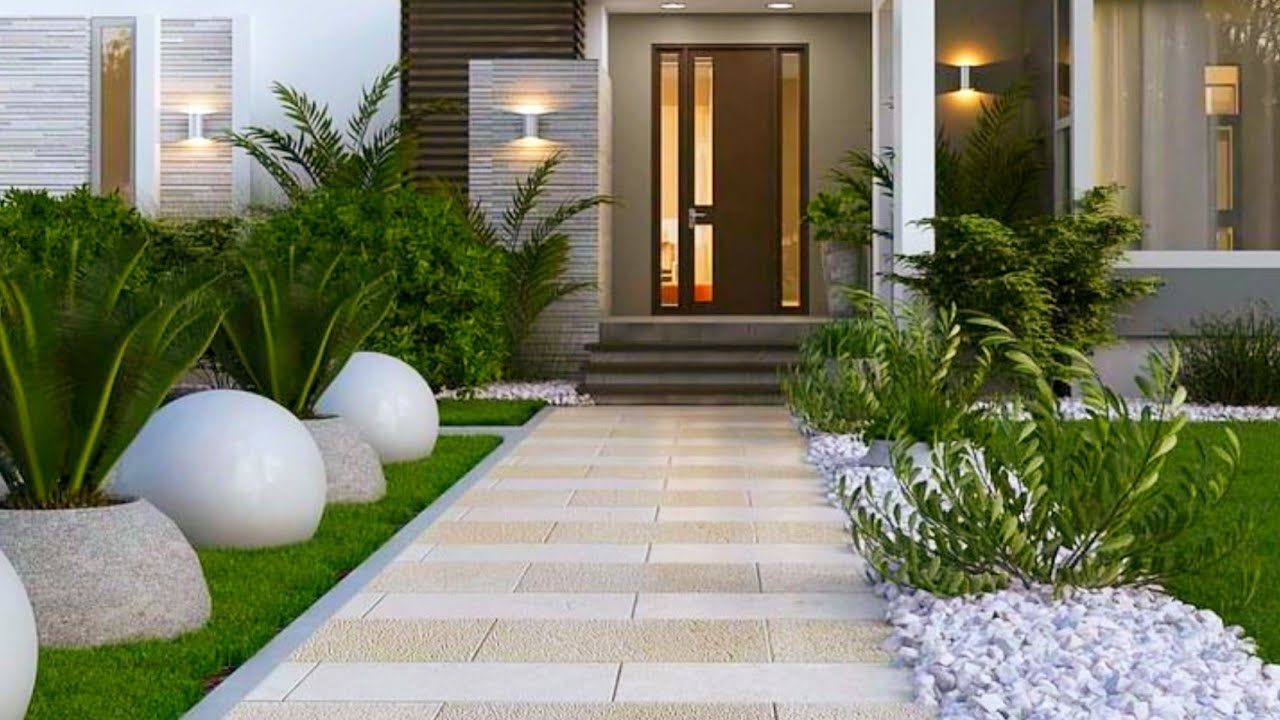
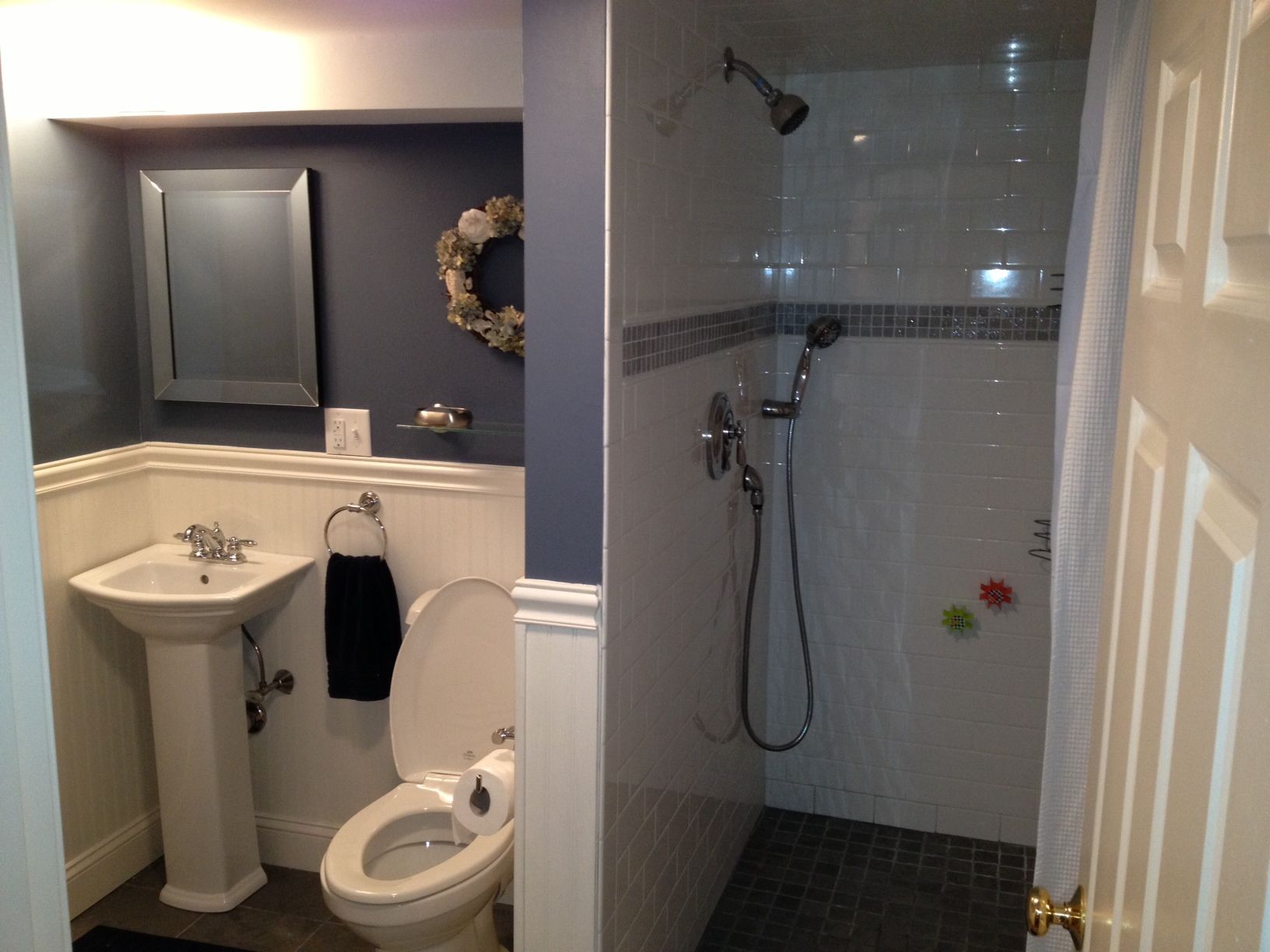
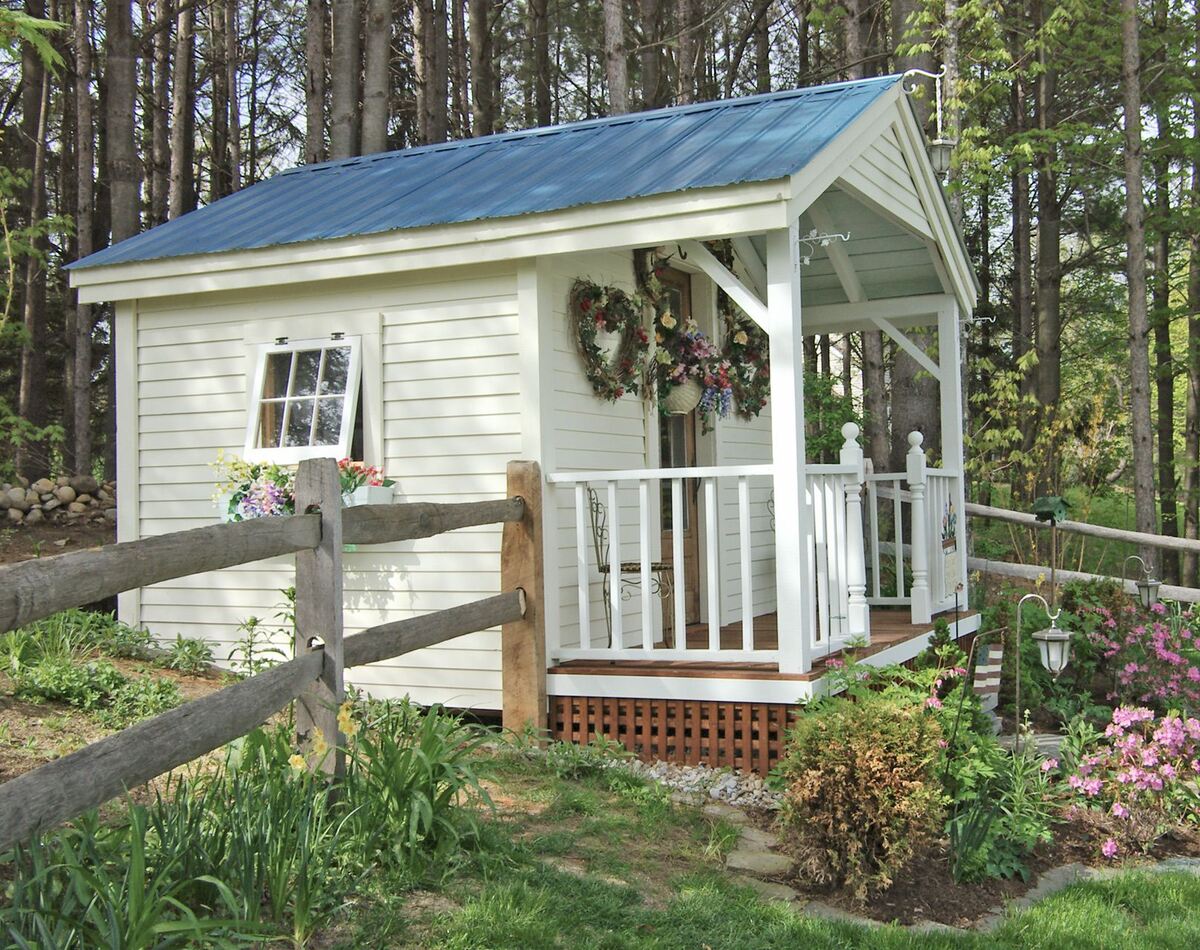
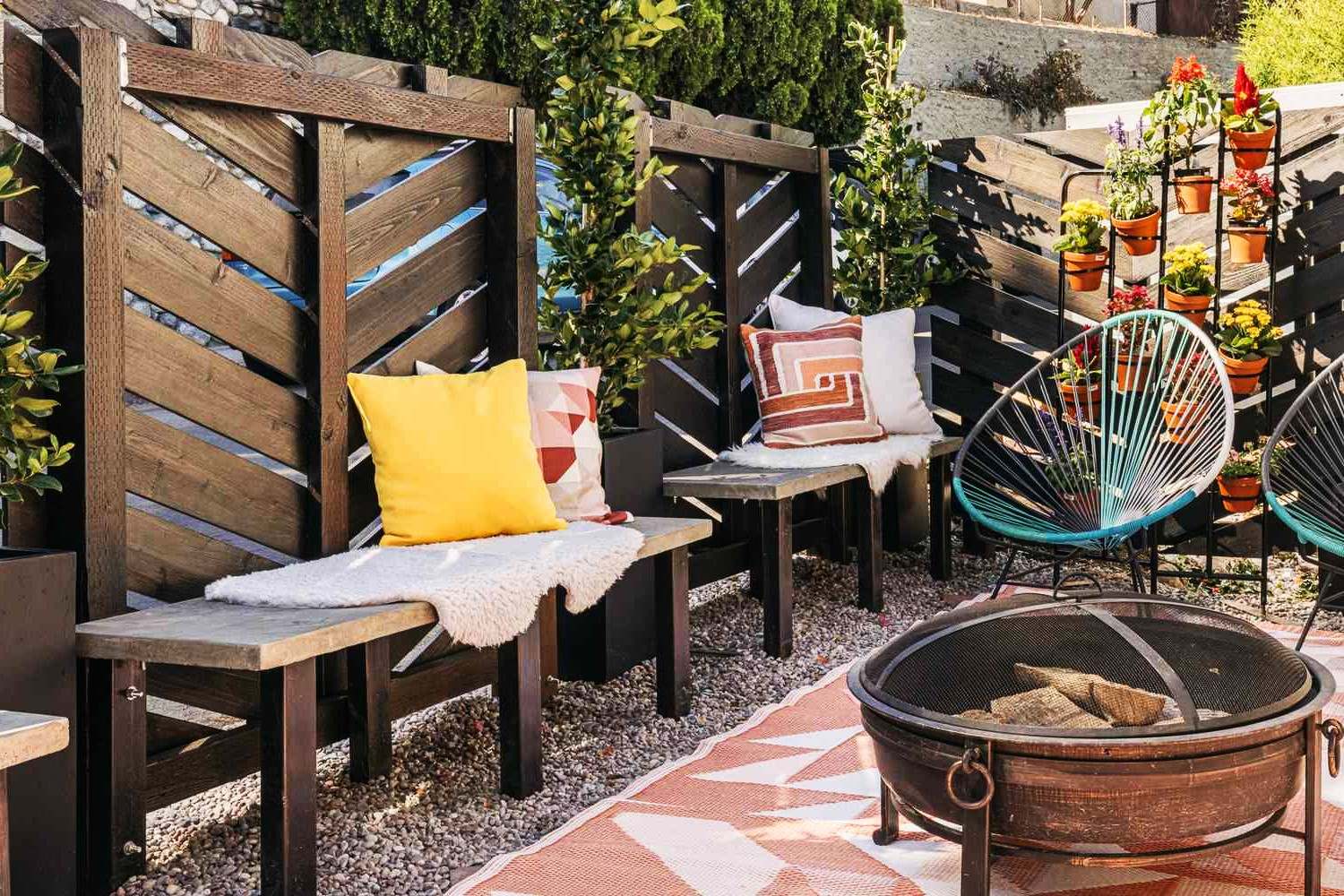
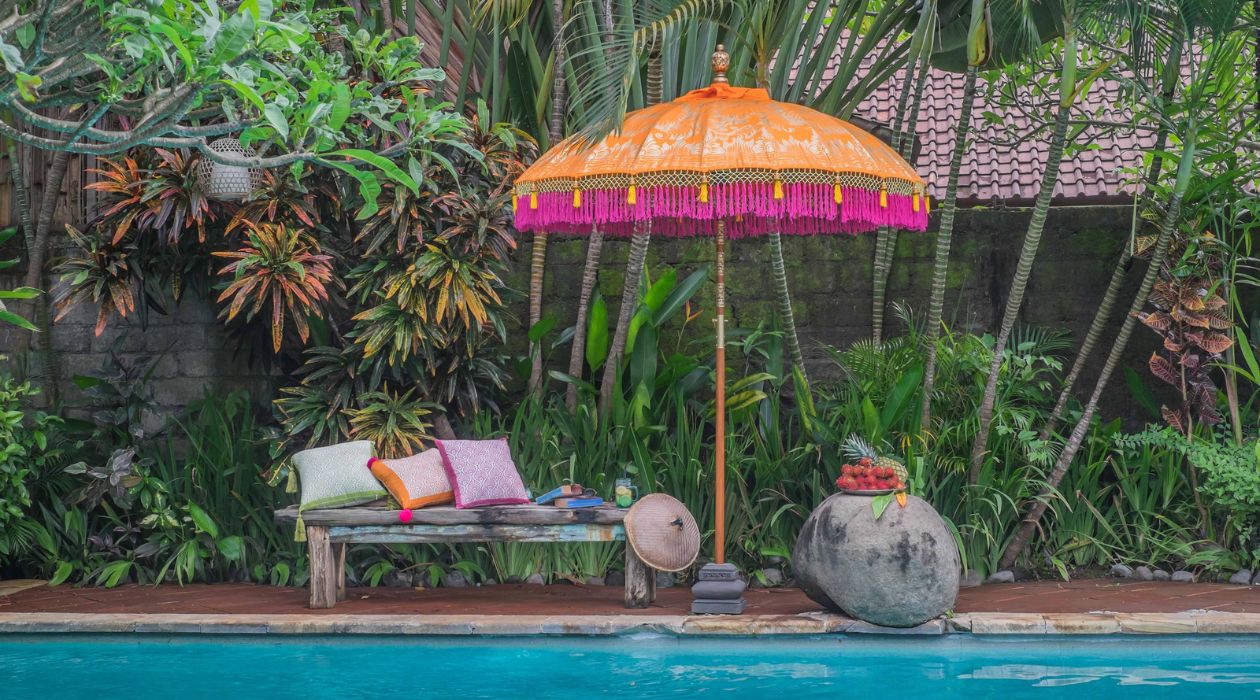
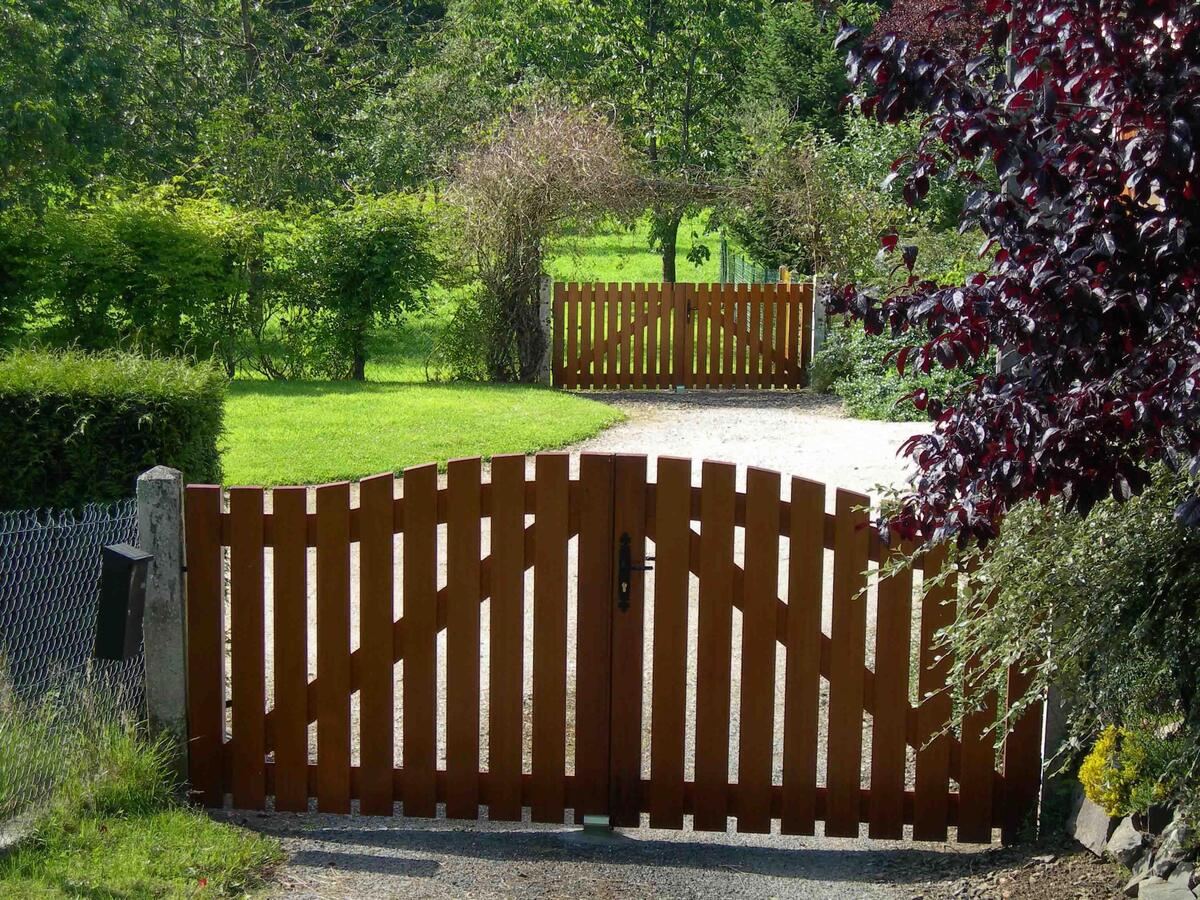
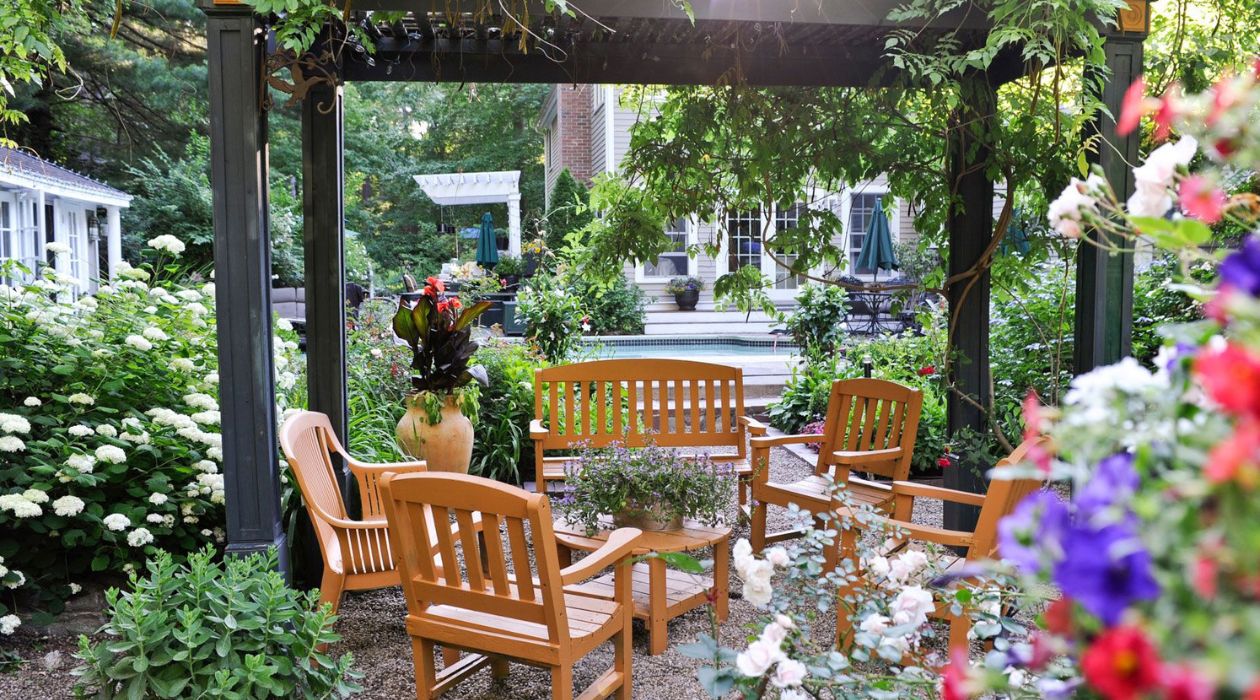

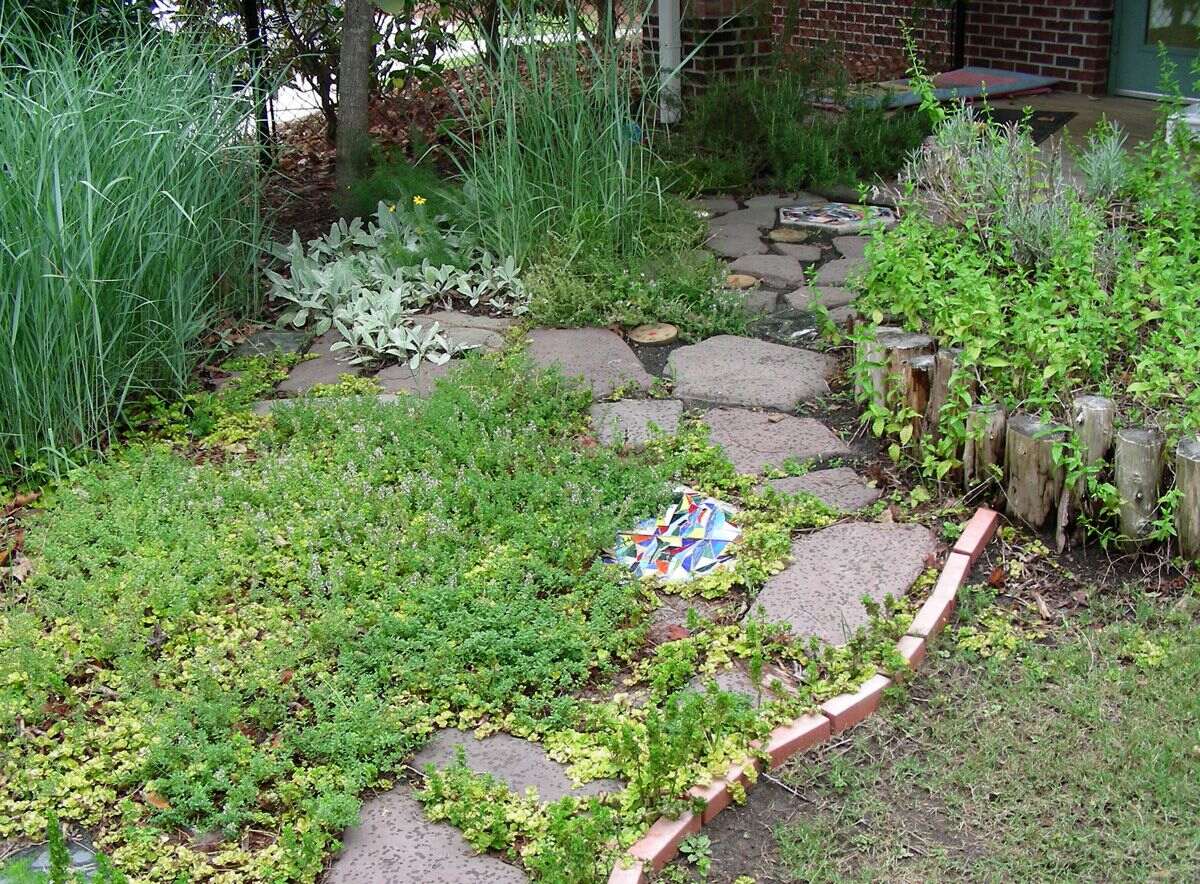
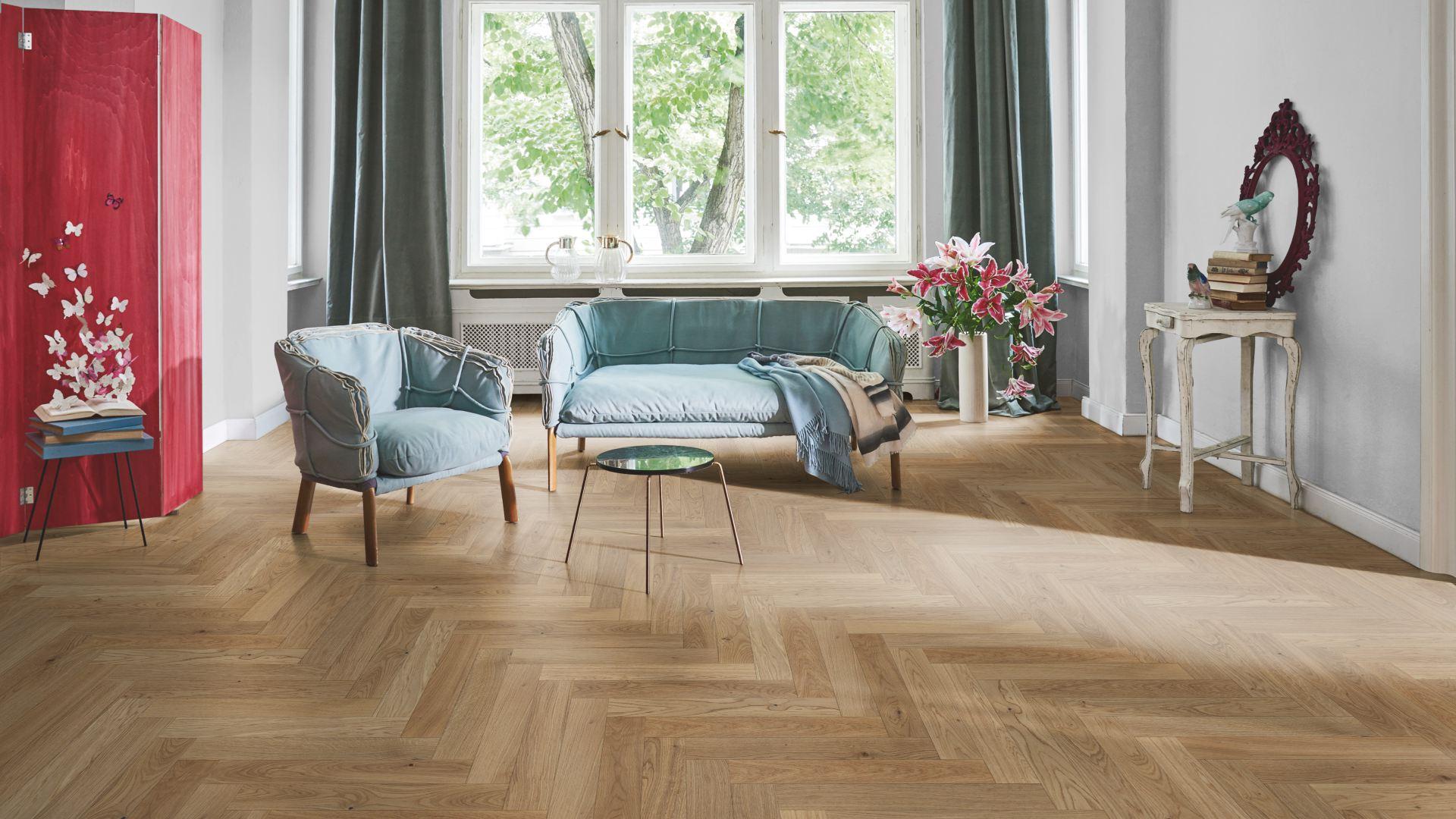
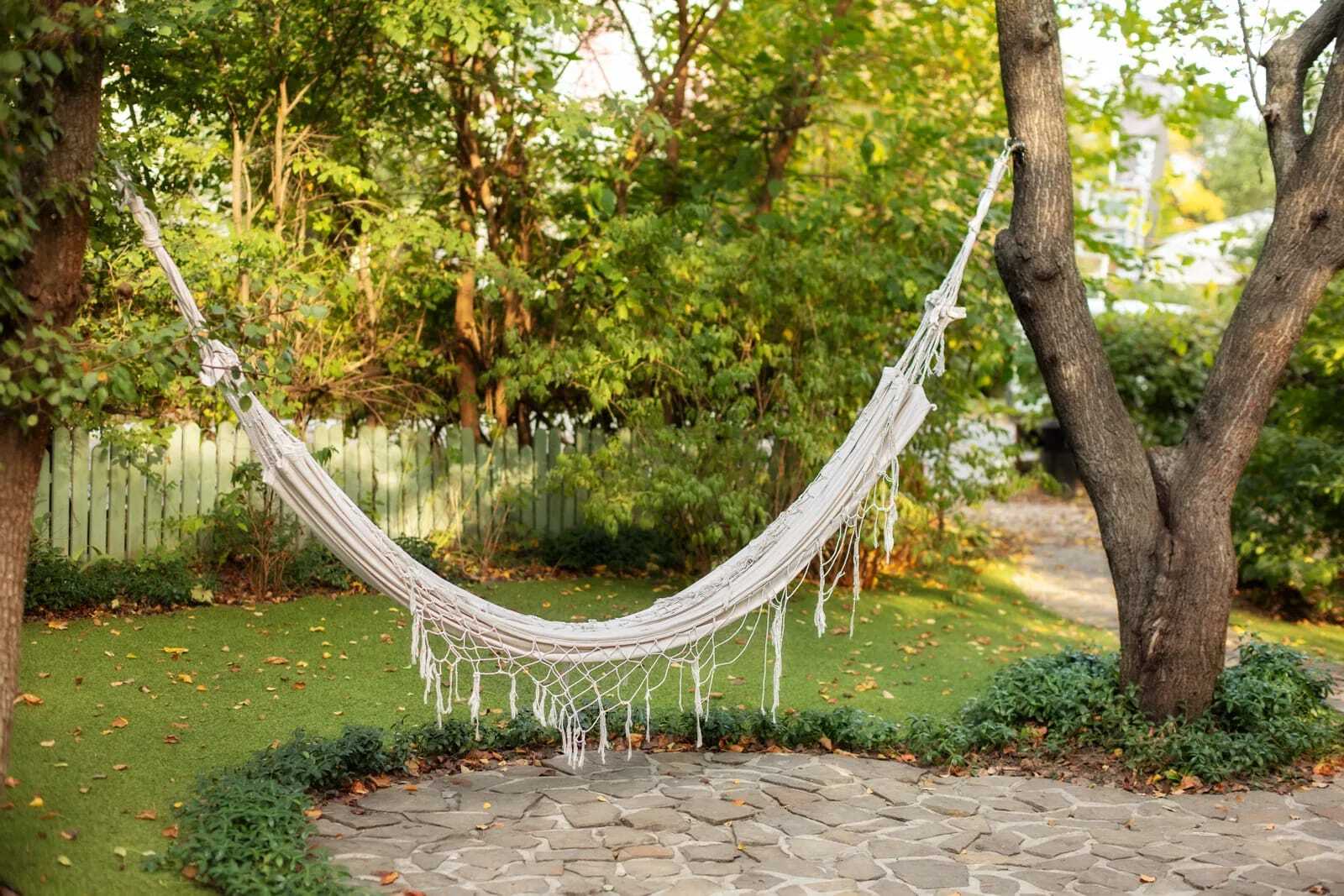


0 thoughts on “Balcony Garden Ideas: 15 Ways To Create An Oasis”